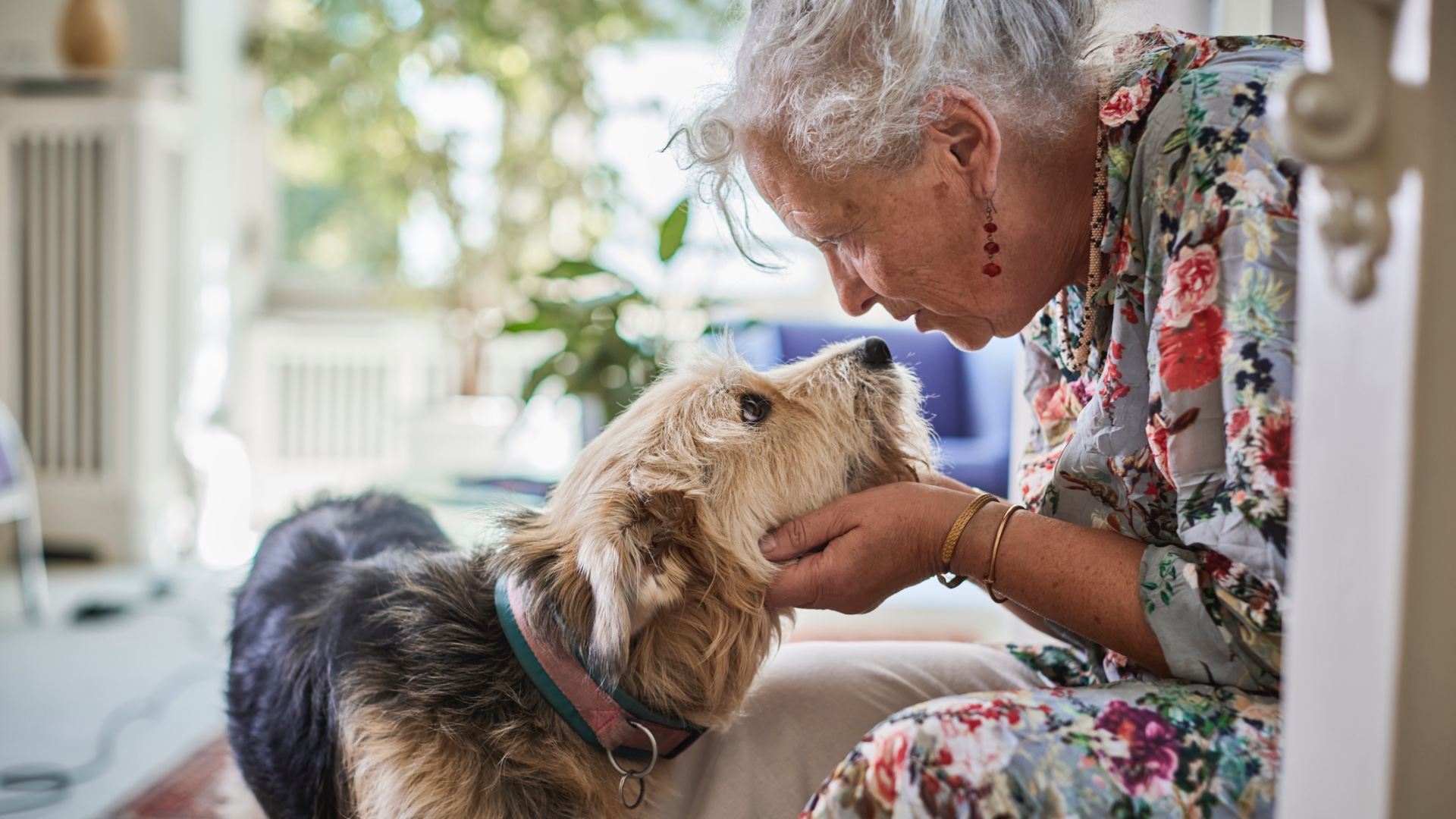
We all like to make sure our dogs have fun and enjoy themselves, with plenty of time for play, but dogs all need us to clearly communicate what’s expected of them, too.
They’re just like us in that regard. Children might not like having rules and regulations laid out, but they give them boundaries and the safety and security they need. We have rules at school and work, and even when we’re doing something as simple as flying by plane, the flight attendants clearly communicate things to us so we know what’s going on and what we need to do.
For dogs, it can be as simple as communicating that they can’t have any more of the best dog treats – communication doesn’t have to be complex! Expert trainer Carolyn Martell, the founder of Good Dog Training, has explained why clear, consistent communication is important for dogs in a recent Instagram post, and we found it really useful.
“Owners sometimes feel that if they don’t allow their dog to do whatever they want whenever they want, they’re being mean - they’re not being positive,” explains Martell.
However, puppies are taught things right from the beginning, thanks to their mother and their littermates. And, they’re taught fair consequences for ignoring the rules set out. So, dogs are capable of understanding simple rules when we clearly communicate them. You can teach your dog not to yank you around when you’re holding their leash, or not to roughhouse with older dogs, for example.
Martell continues, “Big problems emerge when we don’t set (and enforce) clear rules for our dogs. For starters, you’ll never have a well-behaved dog or a healthy, balanced relationship. At its core, training is teaching the dog rules or appropriate behaviors.”
As much as we might love for our dogs to do what they want as much as possible, by not communicating our expectations clearly, we’re actually confusing our dogs. The knock-on effect is that we can then be confused by our dogs in turn. Why are they only cooperating with us sometimes? Or, why aren’t they listening to us?
Consider how dogs interact with each other. They communicate effectively – if two dogs are playing and one has had enough, or feels that the other is being too hyperactive or rough, they’ll make their feelings known. Knowing how to read dog body language certainly goes a long way!
And we can do this too. Communicating with our dogs, and even telling them ‘no’, doesn’t have to be a negative thing. In fact, in the long run, it can be really beneficial, and strengthen the bonds we share with our pups.
If you have a puppy, and you’re trying to work on communication with them, you might find the following article useful: How to discipline a puppy to create a trusting bond.







